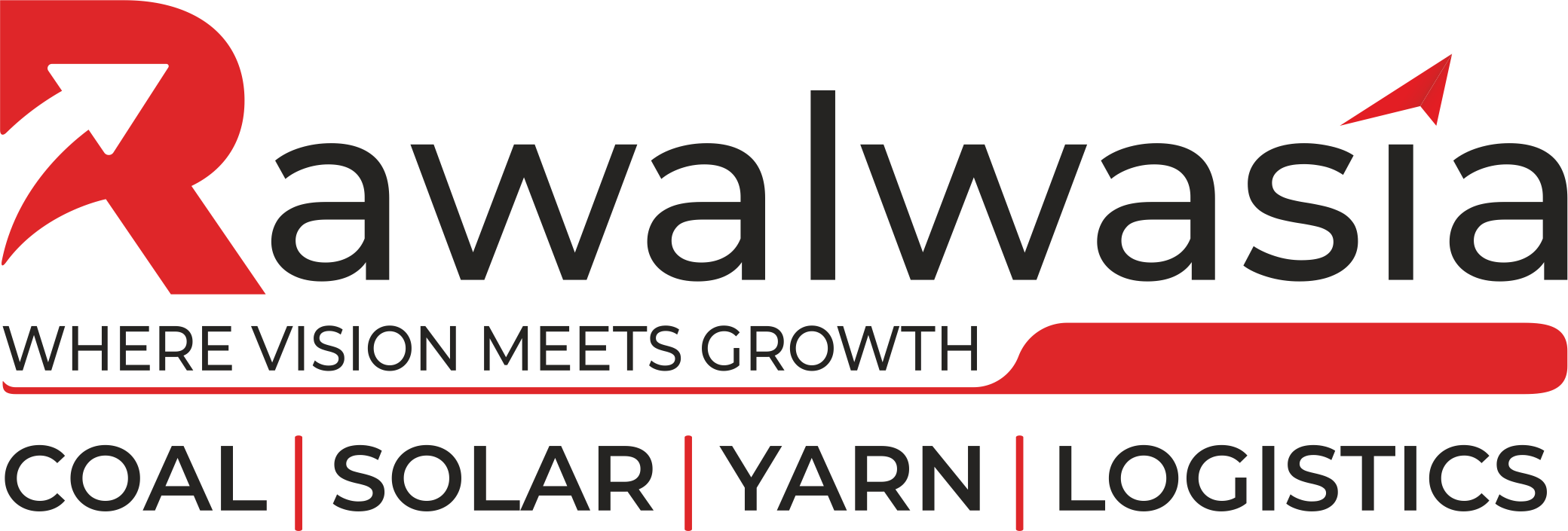
Lignite, commonly known as brown coal, is pivotal in the global energy sector, providing a reliable energy source for power generation and various industrial applications. It is known for having relatively lower energy content than other coal types. Lignite is still widely valued for its abundant reserves and cost-effectiveness. As of 2024, lignite continues to meet a significant share of energy demand worldwide, especially in regions where it is locally available and economically viable. This article delves into the current trends, innovations, and data related to lignite, shedding light on its continued relevance in the energy sector.
Latest Trends and Innovations in Lignite Coal Usage
In 2024, the lignite coal industry has witnessed advancements that improve its efficiency and make it a more sustainable energy option. One of the primary trends is the increasing use of clean coal technologies to reduce the carbon emissions associated with lignite-fired power plants. Technologies like carbon capture and storage (CCS) and fluidized bed combustion (FBC) allow power plants to capture carbon dioxide before releasing it into the atmosphere, helping lignite remain competitive in an era focused on reducing carbon footprints.
In addition to environmental considerations, lignite production has seen growth in automated mining processes. Automation has improved the safety and efficiency of lignite extraction, reducing costs while boosting production capacity. Robotic drilling and autonomous transport vehicles are just a few examples of how automation enhances lignite mining. This trend is especially prominent in countries with significant lignite reserves, including Germany, the United States, and India.
Another area of innovation lies in conversion technologies. These processes transform lignite into cleaner fuels, such as synthetic gas or liquid fuel, for various industrial applications. Lignite gasification, for example, produces synthetic gas (syngas) that can be burned in combined-cycle power plants, offering higher efficiency and lower emissions than traditional lignite combustion.
About Rawalwasia Group’s Services in Lignite Coal
The Rawalwasia Group provides a comprehensive range of services focused on the supply and distribution of lignite coal. Known for its dedication to quality and reliability, Rawalwasia ensures that its clients receive lignite that meets the highest standards for performance and efficiency. With a robust distribution network and extensive experience in coal supply, Rawalwasia Group is a trusted partner for industries relying on lignite as a primary energy source.
Key Services by Rawalwasia Group for Lignite Coal
The Rawalwasia Group offers services catering to industries’ diverse needs utilizing lignite coal. Their offerings include:
- Supply Chain Management: Rawalwasia manages end-to-end logistics, ensuring the efficient transportation of lignite from mines to client locations. This includes warehousing, shipping, and delivery, which helps industries maintain a steady supply of lignite for their operations.
- Quality Assurance and Testing: Rawalwasia supplies lignite in batches, conducting stringent quality checks to ensure consistency and reliability. This commitment to quality helps clients maximize energy output while minimizing impurities and waste.
- Customized Lignite Solutions: Rawalwasia Group offers tailored lignite solutions that meet its clients’ energy needs. They provide customized supply volumes and energy content specifications to optimize energy production for various industrial applications.
- Consultancy on Usage Efficiency: Rawalwasia’s team of experts provides consultancy services to help clients optimize lignite usage in power generation and other industrial processes. This includes advising on equipment compatibility and efficiency improvements to get the most out of the lignite supplied.
- Continuous Supply and Timely Delivery: Rawalwasia Group is known for its commitment to reliable supply, ensuring that industries relying on lignite face minimal disruption. Their extensive distribution network and strong logistics support help deliver lignite promptly.
Current Data on Lignite Coal Production and Usage in 2024
The table below provides a snapshot of critical data and statistics on lignite coal as of 2024, showing the role it continues to play in the global energy landscape:
This data underscores the stability of lignite as an energy source, with a consistent production and consumption growth rate. The adoption of carbon capture technologies has grown significantly, highlighting the industry’s shift towards cleaner coal solutions. Efficiency improvements in lignite-fired power plants have also contributed to their sustained role in energy generation.
Innovations in the Lignite Industry
In response to evolving market needs, the lignite industry has embraced several innovations that align with both efficiency and sustainability goals:
- High-Efficiency Boilers: Many lignite-fired power plants are adopting high-efficiency boilers, which can convert more of the lignite’s energy content into electricity. This development has reduced fuel consumption and increased the overall output of lignite power stations.
- Digital Monitoring Systems: The deployment of IoT devices and digital monitoring systems allows for real-time tracking of lignite operations. From mine to power plant, digital solutions help optimize each phase of the lignite supply chain, reducing operational downtime and increasing productivity.
- Upgraded Combustion Techniques: Fluidized bed combustion has gained popularity as a method of burning lignite more effectively. This technique improves combustion efficiency and reduces sulfur emissions, making lignite a more environmentally friendly energy option.
- Advanced Gasification Processes: Gasification has emerged as a transformative technology for lignite. By converting lignite into syngas, industries can use coal more flexibly, powering electricity generation and industrial operations. Syngas production also allows lignite to contribute to cleaner energy solutions.
Conclusion
As the global energy sector continues to shift toward renewables, lignite coal remains an indispensable resource for several industries, especially in countries where it is abundant and economically viable. With various technological advancements to increase efficiency and reduce emissions, lignite coal has adapted to the demands of a modern, sustainability-focused energy landscape. Carbon capture, high-efficiency boilers, and gasification processes have collectively enhanced lignite’s appeal as a versatile energy source in 2024.
The Rawalwasia Group is crucial in supporting industries that rely on lignite. Through its comprehensive service offerings, including quality assurance, efficient supply chain management, and customized lignite solutions, Rawalwasia Group ensures that clients receive high-quality lignite coal to effectively meet their energy needs. Rawalwasia’s dedication to timely delivery and client satisfaction positions it as a leading supplier in the lignite industry, helping businesses meet their operational goals without compromising energy quality.
With continued innovations in the lignite sector, industries can look forward to improved efficiency, cleaner usage options, and consistent supply. Lignite coal, often seen as a traditional fuel source, demonstrates its potential to adapt and evolve, making it a relevant and valuable component of the global energy mix. In a world that increasingly values sustainability, lignite’s transformation highlights the adaptability of fossil fuels to support future energy needs.
Rawalwasia Group’s focus on quality, reliability, and innovation for companies seeking a reliable supplier offers a trusted solution for effectively leveraging lignite coal. As we progress into 2024, lignite remains a vital asset to industries worldwide, proving its worth as both a reliable energy source and an evolving contributor to global power.






